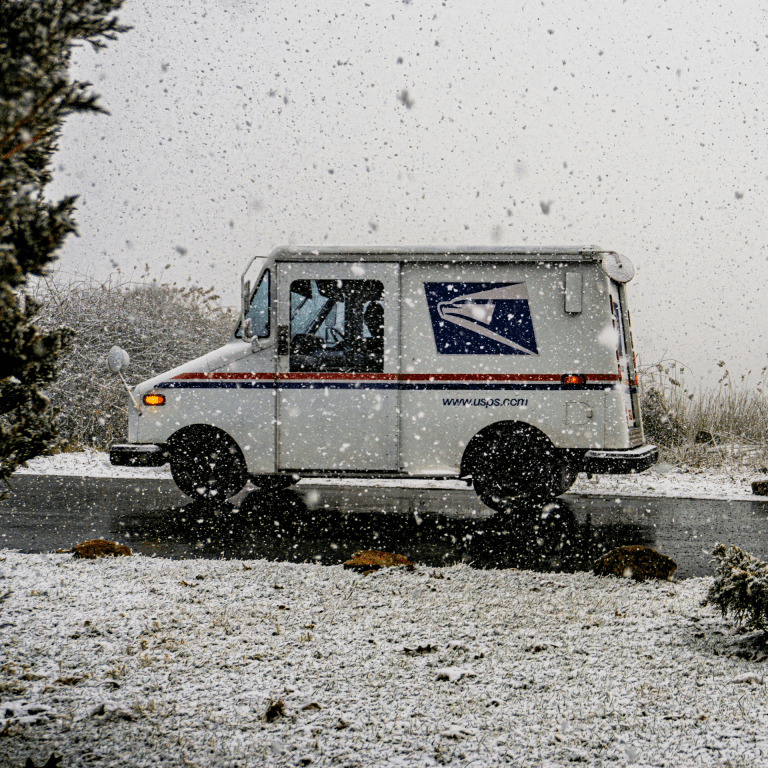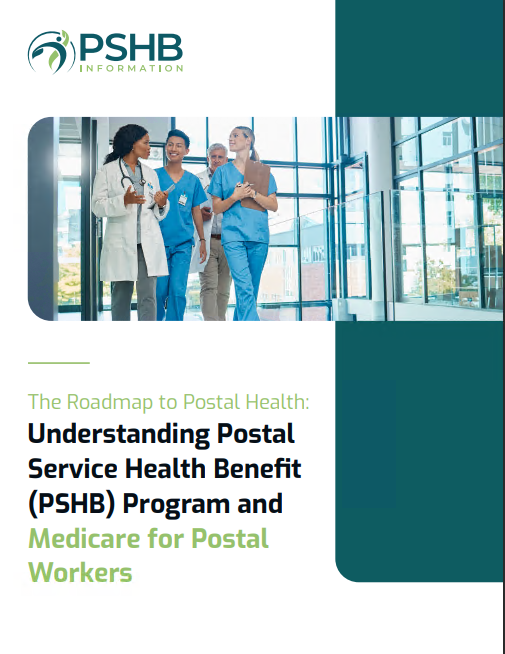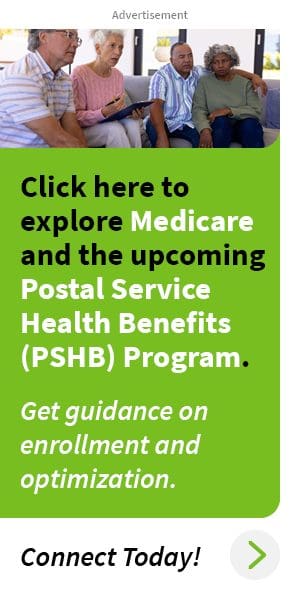Key Takeaways:
-
The shift to Postal Service Health Benefits (PSHB) in 2025 redefines health coverage for USPS employees, retirees, and their families, with new requirements and options.
-
Understanding eligibility, Medicare integration, and family coverage specifics is essential to maximize benefits under PSHB.
Why the PSHB Transition Matters Now
The transition to Postal Service Health Benefits (PSHB) in 2025 isn’t just another administrative change—it reshapes health coverage for USPS employees, retirees, and their families. If you’re navigating this shift, understanding the new system and how it affects you is crucial. PSHB replaces the Federal Employees Health Benefits (FEHB) program for most postal workers and annuitants, tailoring benefits to the unique needs of the USPS workforce.
What’s Different About PSHB?
PSHB introduces several key differences compared to the previous FEHB system. From enrollment requirements to Medicare integration, this change touches nearly every aspect of your health coverage. Here’s what’s new:
1. Eligibility and Enrollment Requirements
PSHB covers active USPS employees, retirees, and eligible family members. To maintain coverage, you must actively enroll in a PSHB plan unless covered under a family member’s federal plan. If you retired on or before January 1, 2025, and don’t have Medicare Part B, you may qualify for an exemption from new requirements.
Key Dates to Remember:
-
Open Season: November 11 to December 13, 2024—for coverage starting January 1, 2025.
-
Qualifying Life Events (QLEs): You can make changes outside of Open Season if you experience a significant life change, like marriage or the birth of a child.
2. Medicare Integration
For Medicare-eligible retirees and family members, PSHB integrates closely with Medicare Part B. If you’re 65 or older, enrolling in Part B is mandatory unless you meet specific exemption criteria. This integration often results in lower out-of-pocket costs and additional benefits, such as prescription drug coverage through a Medicare Part D Employer Group Waiver Plan (EGWP).
3. Family Coverage Options
PSHB offers comprehensive options for family members, including:
-
Spouses and domestic partners
-
Dependent children up to age 26
-
Disabled dependents who meet specific criteria
Unlike FEHB, PSHB streamlines these options to simplify enrollment and ensure broader access to care.
Navigating Family Coverage Under PSHB
Family coverage under PSHB is a significant improvement, providing flexibility and clarity for USPS households. Understanding these options ensures you select the right plan for your needs.
Dependent Coverage Explained
Your dependents, including children up to age 26, are eligible for PSHB benefits. This includes biological children, stepchildren, and adopted children. For disabled dependents over 26, eligibility is based on their inability to support themselves due to a physical or mental condition.
What Happens After Age 26?
When a dependent turns 26, they typically lose eligibility under your plan unless they qualify as disabled. It’s essential to plan for this transition by exploring other coverage options, such as individual health plans or special enrollment opportunities through state marketplaces.
How Medicare Changes Your Coverage
For Medicare-eligible USPS retirees, PSHB introduces enhanced coordination of benefits. Here’s what you need to know:
Mandatory Enrollment in Medicare Part B
If you’re 65 or older and want to maintain PSHB coverage, enrolling in Medicare Part B is required unless you’re exempt. While this adds a monthly premium, it often reduces overall costs by minimizing deductibles and copayments.
Prescription Drug Benefits
PSHB plans automatically include Medicare Part D prescription drug coverage for Medicare-eligible members. This benefit eliminates the “donut hole” gap in drug coverage, providing consistent financial protection throughout the year.
Cost Savings Opportunities
By coordinating with Medicare, many PSHB plans offer incentives like partial reimbursements for your Part B premiums. These savings can make Medicare integration more affordable.
Key Deadlines and Timelines
Navigating PSHB effectively requires staying on top of important dates and timelines:
-
Annual Enrollment Periods Open Season runs from mid-November to mid-December annually. This is your primary opportunity to enroll, make changes, or switch plans for the upcoming year.
-
Qualifying Life Events (QLEs) Certain life events, such as marriage, divorce, or the birth of a child, allow you to adjust your coverage outside of Open Season. Changes must typically be made within 60 days of the event.
-
Medicare Deadlines If you’re turning 65, you have a 7-month Initial Enrollment Period for Medicare (3 months before, the month of, and 3 months after your birthday). Missing this window can lead to penalties and gaps in coverage.
What to Expect From PSHB Premiums
While specific plan costs vary, here are some general trends to consider:
-
Government Contributions: The USPS covers a significant portion of your premium, reducing your out-of-pocket costs.
-
Medicare Coordination: Enrolling in Medicare Part B often lowers your total expenses under PSHB.
-
Plan Comparisons: During Open Season, compare plans to find the right balance of premiums, deductibles, and copayments for your needs.
Preparing for Your Enrollment Decision
Enrollment in PSHB requires careful planning. Use these steps to guide your decision-making process:
-
Review Your Needs Assess your health care requirements, including chronic conditions, prescription needs, and family size. This ensures you select a plan that fits your situation.
-
Compare Plans During Open Season, take advantage of resources like plan comparison tools and benefit summaries. Look for plans that align with your priorities, whether that’s low premiums, comprehensive coverage, or access to specific providers.
-
Understand Your Options If you’re Medicare-eligible, consider how Part B enrollment affects your overall costs and benefits. Explore plans that offer reimbursements or incentives for Medicare integration.
Making the Most of PSHB Benefits
Once enrolled, it’s essential to maximize your PSHB benefits. Here’s how:
Utilize Preventive Care
Many PSHB plans cover preventive services at no additional cost. Regular check-ups, screenings, and vaccinations can keep you and your family healthy while avoiding costly treatments down the road.
Understand Network Providers
Choosing in-network providers typically results in lower out-of-pocket costs. Familiarize yourself with your plan’s network to avoid unexpected expenses.
Take Advantage of Wellness Programs
Some PSHB plans offer wellness incentives, such as discounts on gym memberships or rewards for completing health assessments. These programs can save money and improve your overall well-being.
FAQs About PSHB Transition
What happens if I don’t enroll in a PSHB plan?
If you fail to enroll, you risk losing health coverage unless you’re covered under a family member’s federal plan. Take action during Open Season to avoid gaps.
Do I need Medicare Part B if I’m under 65?
No. Medicare Part B is required only for those aged 65 and older who wish to maintain PSHB coverage.
Can I keep my FEHB plan?
FEHB plans are no longer available to USPS employees and annuitants after January 1, 2025, unless you’re covered through a family member’s enrollment.
A Year of Change: Embracing PSHB in 2025
2025 marks a transformative year for USPS employees, retirees, and their families. The shift to PSHB introduces new opportunities and challenges, making it vital to understand the system and make informed decisions. Whether you’re navigating Medicare integration, exploring family coverage, or comparing plan options, the choices you make now will shape your health care future. Take the time to review your options, ask questions, and select the plan that best fits your needs.








